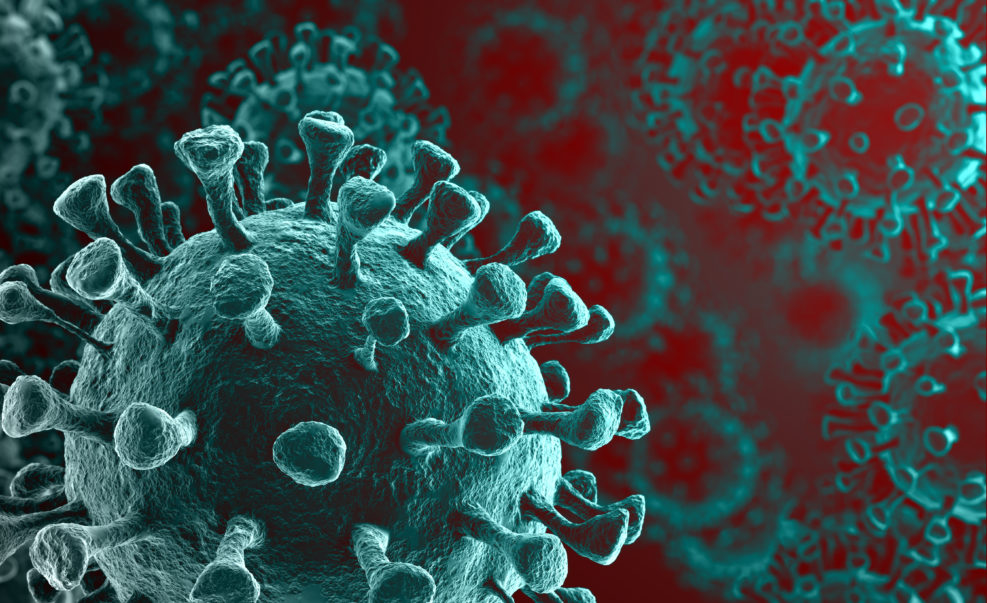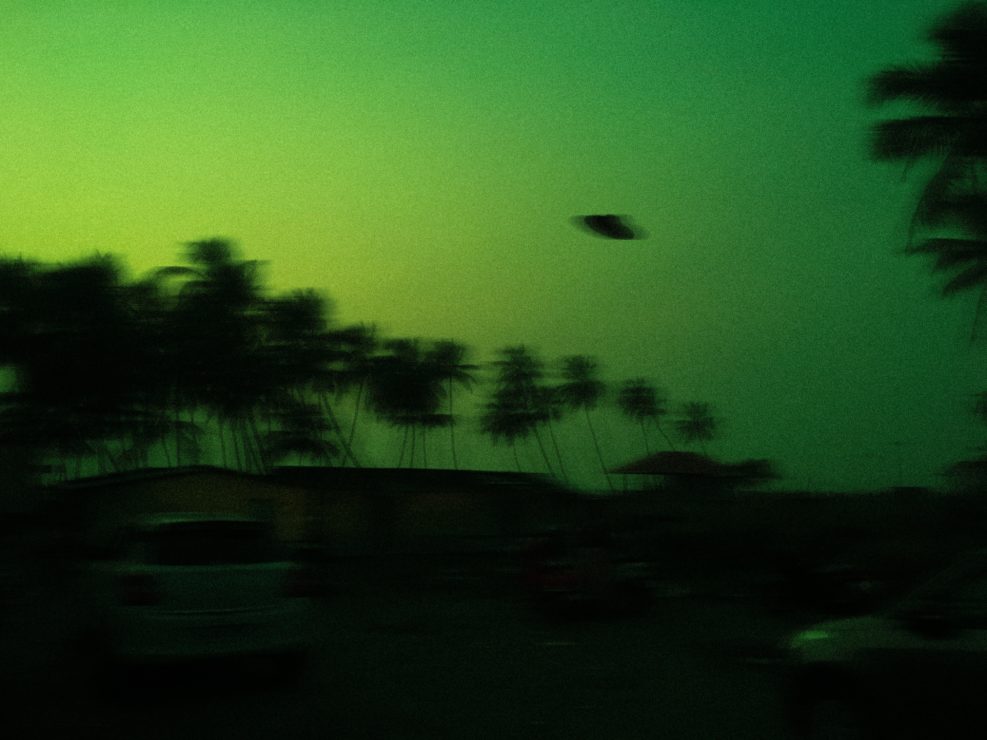
Researchers: Maybe Half of Earth-Sized Planets Missed by Studies
It’s not clear how many planets are in Earth’s size range but that is important for physics reasons for habitability as we know itA recent study suggests that Earth-sized planets may be missed if they are orbiting one of two binary stars: Earth-sized planets may be much more common than previously realized. Astronomers working at NASA Ames Research Center have used the twin telescopes of the international Gemini Observatory, a Program of NSF’s NOIRLab, to determine that many planet-hosting stars identified by NASA’s TESS exoplanet-hunting mission are actually pairs of stars—known as binary stars—where the planets orbit one of the stars in the pair. After examining these binary stars, the team has concluded that Earth-sized planets in many two-star systems might be going unnoticed by transit searches like TESS’s, which look for changes in the light from a star when a planet passes Read More ›


















